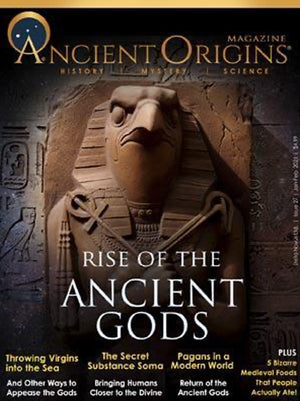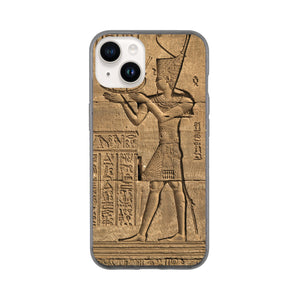
Whales in the Egyptian Desert? Discover Wadi-al-Hitan - Valley of the Whales
- Regular price
- $17.00
- Sale price
- $17.00
- Regular price
-
- Unit price
- per
-
Product Information
How on earth did whales come to swim in the deserts of Egypt?
Join Professor Fanie Vermaak, archaeologist and expert on Ancient Egypt and the Near East on a walk-through of Wadi-al-Hitan and explore how the fossils of these whales landed up in the desert. Surprisingly, there are also a larger number of shark fossils with them!
The ‘Valley of the Whales’ — often called the ‘Bay of Whales’ — has a large number of fossilized whales (more than 500 fossil skeletons and five different species) in a relatively small area at different strategic levels roughly 60 kilometres south-west from the Fayum, in the Western Desert of Egypt.
Wadi al-Hitan was declared a World Heritage Site in 2005. The number, concentration and quality of the fossils from the Eocene era in this protected area have no comparison across the globe. The fossils of the Basilosaurus and Dorudon are only some of the species from around 40 million years ago.
Besides the abundant mangrove and several crystal logs of beached shipworm-bored wood, a large variety of sawfish, bony fishes, several kinds of turtles, sea snakes were also found in the area. Scholars have now been questioning whether it should rather be called the “Whales in the Valley of the Sharks” because the remains of the whales have tremendous bite marks from shark and even shark teeth remained on the skeletons of the whales!
Discover how this happened and the current research in this fascinating In-Depth interview with Fanie Vermaak.
Dr Fanie Vermaak is a professor in Ancient Near Eastern Studies at the University of South Africa. With an initial background in theological studies (also ordained minister of the Dutch Reformed Church) he focuses on various cultural activities in the Ancient Near East, specializing in Sumerian and Egyptology.
Vermaak studied Theology and various Semitic Languages at the Universities of the Free State (Bloemfontein) and Stellenbosch, South Africa. He specialized (PhD) in the cuneiform (Sumerian) studies of the Ur III period (2100-2000 BC) on the activities of the temple administrators of Southern Mesopotamia and published also extensively in this regard. He extended further studies with the various ancient gateways of the Near East towards also the outside world so far as the Indus Valley. Vermaak is also the chairperson of the Ancient Egypt and Near Eastern Society (AENES) who is responsible for the monthly evening lectures for the public sector (15 years). He served eight years on the national academic society called Southern African Society for Near Eastern Society. He is a founding member of International Society of Cuneiform Studies. Fanie often acts as a Middle East analyst on various media and has a special interest in the ancient and modern Near East or Middle East.
In-depth Interviews are available to our Gold Members. (It’s easy and quick to become a Gold Member – get immediate access to interviews, webinars, free eBooks, exclusive content, and so much more!)
As a Gold Member you get to submit your questions or points in advance. In-depth Interviews are pre-recorded, and then are available to watch at a time that’s easy and convenient to you.






















